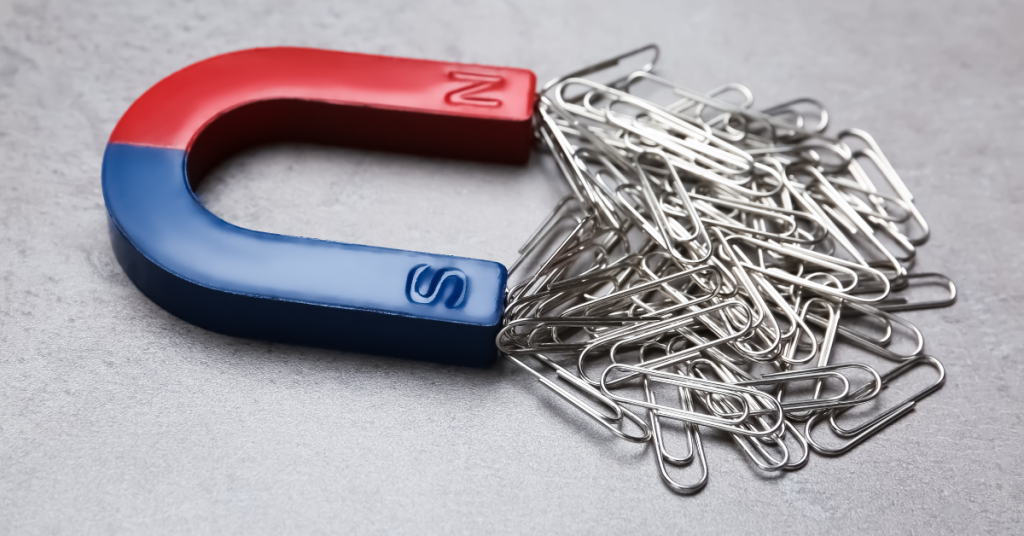Magnetic fields play a big role in many industries, from mining to manufacturing. While magnets are useful for lifting, sorting, and separating materials, there are times when you need to remove or reduce residual magnetism from a product. This is where demagnetizing coils come in. These coils are designed to neutralise unwanted magnetic fields in tools, parts, or machinery components.

What Demagnetizing Coils Do
When certain materials are exposed to a strong magnetic field during production or processing, they can retain a magnetic charge. This might cause issues later, such as attracting small metal particles, interfering with precision equipment, or affecting the performance of nearby components.
A demag coil works by generating an alternating magnetic field. When the material passes through or near the coil, the alternating field gradually reduces the residual magnetism to a level that no longer causes problems.
Common Uses in Industry
Demagnetizing equipment is used across many sectors:
- Manufacturing – Removing magnetism from machined parts so they do not attract unwanted metal shavings during assembly.
- Mining – Preventing magnetic interference with sensitive sorting or processing machinery.
- Toolmaking – Ensuring tools and dies are free from magnetic fields that could affect their accuracy.
- Electronics – Reducing magnetism in components that could disrupt electrical signals.
Benefits of Using Demagnetizing Coils
Removing residual magnetism is not just about avoiding inconvenience. It can improve the safety, performance, and lifespan of both equipment and products. Benefits include:
- Preventing contamination – Magnetised parts can attract ferrous dust or particles that cause damage over time.
- Maintaining accuracy – Precision tools and measuring devices work more reliably without magnetic interference.
- Improving process efficiency – Materials free from magnetism are easier to move, align, and assemble.
- Reducing wear and tear – Eliminating unwanted magnetic pull reduces strain on mechanical systems.
Fixed vs Portable Systems
Demagnetizing systems can be permanent installations or portable units.
- Fixed coils are installed in production lines so that every part passes through as it moves from one stage to another. This ensures consistent results without slowing the process.
- Portable units are ideal for maintenance teams who need to demagnetise tools, machine parts, or equipment in different locations.
How to Choose the Right Coil
Choosing the right demagnetizing coil depends on factors like the size of the item, the material type, and the strength of the residual magnetism. Larger parts or stronger fields require coils with higher capacity. Some industries also prefer adjustable units that can handle a range of part sizes.
When selecting equipment, it is important to consider:
- The operating environment (workshop, factory floor, outdoor site)
- The type of material being demagnetised
- The speed at which the process must be completed
- Any integration needs with existing machinery
Maintenance and Safety
Like any piece of industrial equipment, demagnetizing coils need regular checks to ensure they are working efficiently. This includes inspecting the coil windings, electrical connections, and control systems. Safety measures should be followed when operating high-powered units to prevent injury or damage.
Conclusion
Demagnetizing coils and demag coils are essential tools in industries where residual magnetism can cause problems. By removing unwanted magnetic fields, they help keep processes smooth, protect equipment, and ensure product quality. Whether fixed in place or portable, these systems provide a simple and effective solution for a common industrial challenge.